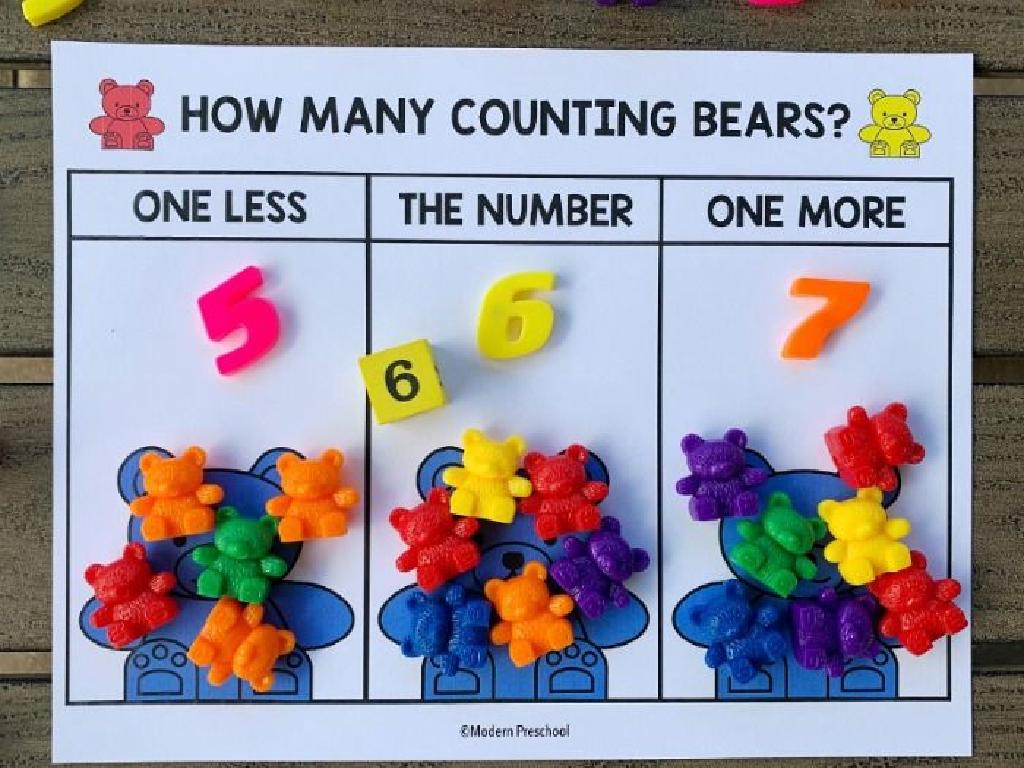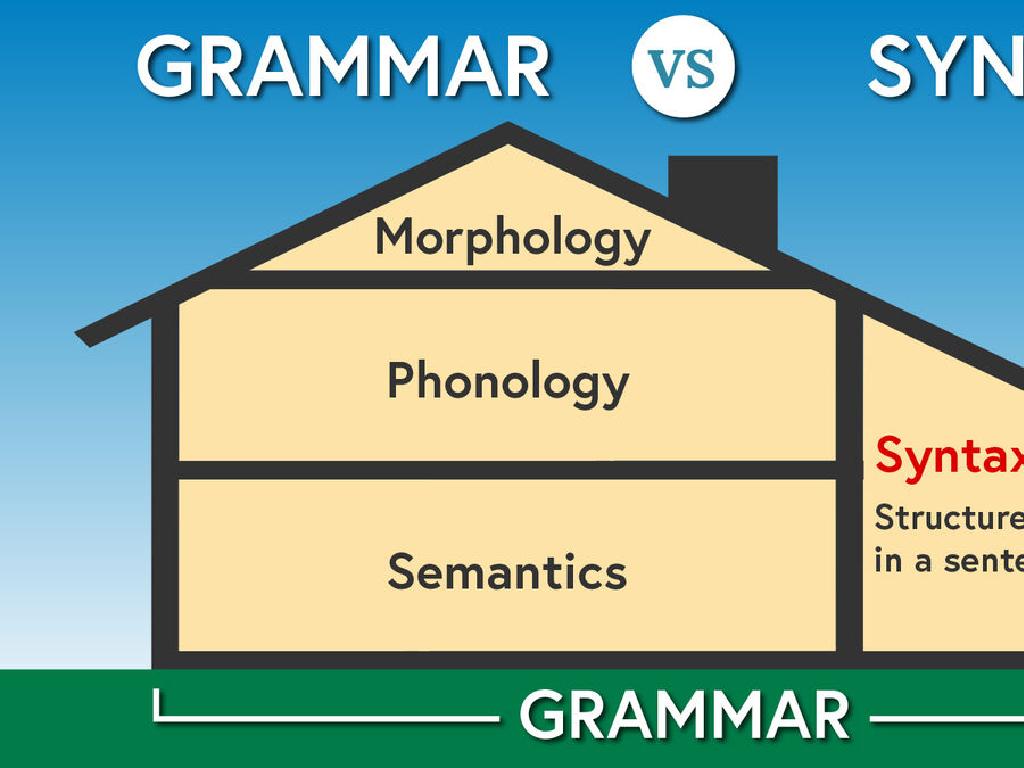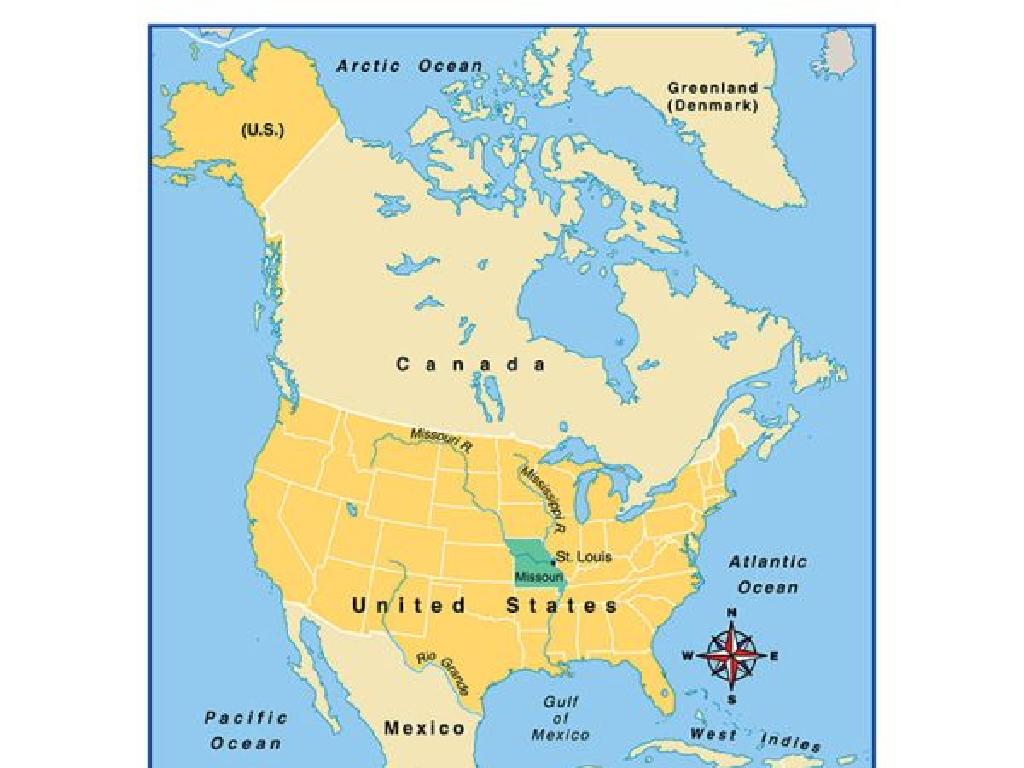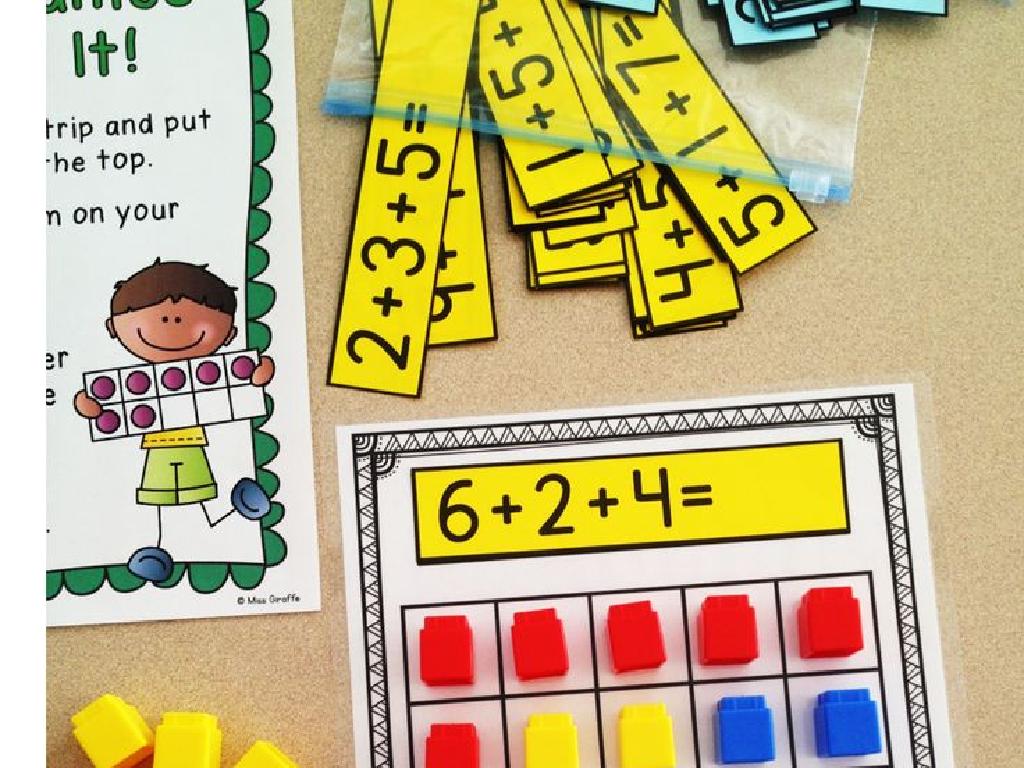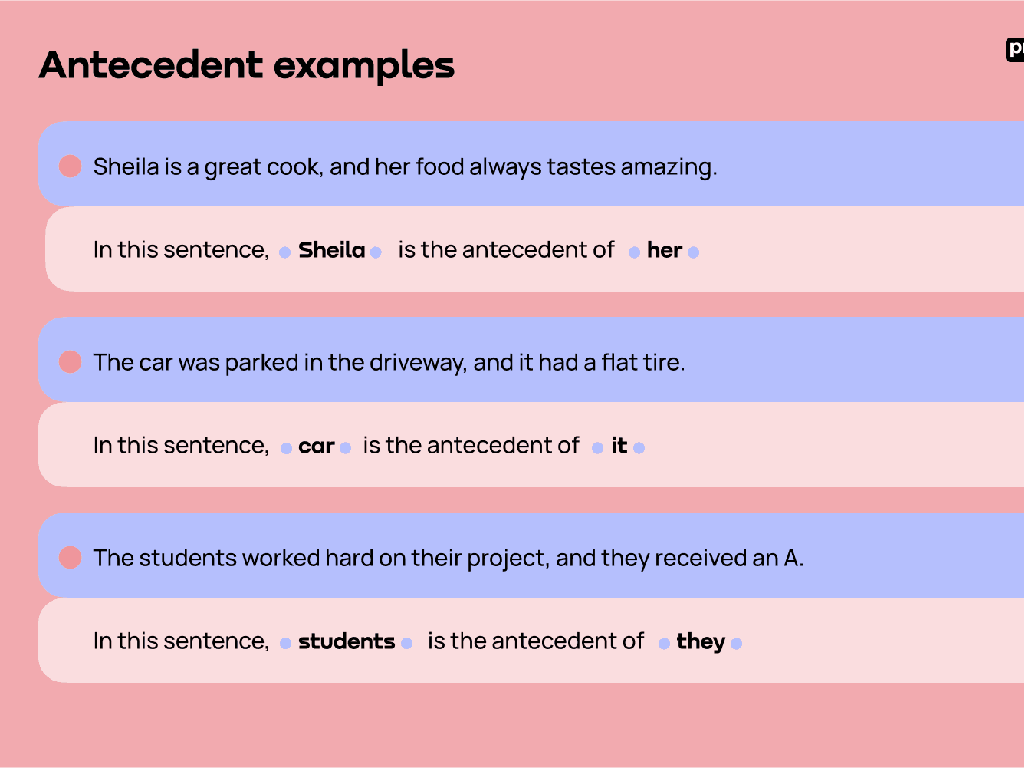Determine The Meaning Of Words Using Antonyms In Context
Subject: Language arts
Grade: Sixth grade
Topic: Context Clues
Please LOG IN to download the presentation. Access is available to registered users only.
View More Content
Understanding Words with Antonyms
– Define context clues
– Clues in the text that help us guess the meaning of a word
– Antonyms in context
– Words with opposite meanings found near a tricky word
– Using antonyms to understand words
– Find the antonym and guess the word’s meaning
– Practice with examples
– Let’s look at sentences and find antonyms to define words
|
Today’s lesson focuses on using context clues, specifically antonyms, to determine the meaning of unfamiliar words. Begin by explaining context clues as hints that authors provide to help readers understand new or difficult words. Emphasize how antonyms, or words with opposite meanings, can be particularly useful. When a student encounters an unknown word, they can look for its antonym in the surrounding text to infer the word’s meaning. Provide several examples where the meaning of a word is clarified by an antonym in the same sentence or nearby sentences. Encourage students to practice this skill by identifying antonyms in example sentences and using them to define the words in question.
Understanding Antonyms in Context
– Define antonyms
– Words with opposite meanings, e.g., hot-cold
– Examples of antonyms
– ‘Fast’ is to ‘slow’, as ‘happy’ is to ‘sad’
– Antonyms expand vocabulary
– Recognizing antonyms helps us grasp the full meaning of words
– Using antonyms in context
– Find antonyms in sentences to clarify word meanings
|
This slide introduces the concept of antonyms to students, which are words with opposite meanings. Start by defining antonyms and providing clear examples that the students can easily relate to. Explain how understanding antonyms is not just about expanding their vocabulary, but also about enhancing their comprehension of texts. Knowing antonyms allows students to better understand the context of words and the nuances in meaning. Encourage students to practice by identifying antonyms in sentences and discussing how they provide clues to the meanings of unfamiliar words. This will prepare them for exercises where they will use antonyms to determine the meaning of new vocabulary.
Using Antonyms to Determine Word Meaning
– Context hints at word meanings
– Spot antonyms in sentences
– Antonyms are words with opposite meanings
– Infer meaning from antonyms
– Use the opposite word to understand the unfamiliar word
– Practice with examples
– Example: ‘The sun was blazing, but the shade was cool.’ – ‘Blazing’ and ‘cool’ are antonyms.
|
This slide introduces the concept of using antonyms as a type of context clue to determine the meaning of unfamiliar words. Context clues are hints that an author gives to help define a difficult or unusual word. The slide will guide students to identify antonyms within sentences and use them to infer the meaning of the highlighted words. For instance, if a sentence says, ‘The surface was rough, unlike the smooth marble,’ the word ‘smooth’ serves as an antonym to help understand ‘rough.’ Encourage students to practice this skill by providing sentences with highlighted words and asking them to find the antonym that gives a clue to the meaning. This will help them become more independent readers who can deduce word meanings from context.
Understanding Words Through Antonyms
– Read example sentences aloud
– Discuss antonyms in context
– Antonyms are words with opposite meanings that provide hints to a word’s meaning
– Underline antonyms in sentences
– Find words that seem opposite in meaning
– Guess meanings of new words
– Use the antonyms to infer the meaning of the highlighted words
|
This slide is part of an interactive class activity designed to help students determine the meaning of unfamiliar words by using antonyms found in context. Start by reading sentences that contain antonyms aloud with the class. Engage the students in a discussion about how these opposite words can help us infer the meaning of the targeted vocabulary. Have students underline or highlight the antonyms in the sentences and use them to guess the meanings of the new words. This exercise will enhance their analytical skills and improve their ability to comprehend texts. For the teacher: Prepare sentences with clear antonyms and ensure that the context is rich enough to deduce the meaning. Encourage students to explain their reasoning for each guess to foster a deeper understanding.
Group Activity: Antonym Adventure
– Break into small groups
– Receive a paragraph with blanks
– Each group gets a unique paragraph
– Use antonyms to find missing words
– Antonyms are opposite words that give clues
– Discuss findings with the class
|
This group activity is designed to enhance students’ understanding of how antonyms serve as context clues. Divide the class into small groups to foster collaboration. Provide each group with a different paragraph containing blanks where words are missing. Alongside the paragraph, give a list of antonyms that correspond to the missing words. Students will use these antonyms to infer and discuss the missing words. After the activity, each group will share their findings with the class, allowing for a discussion on how they used the antonyms to determine the correct words. This exercise will help students recognize the value of antonyms in understanding unfamiliar vocabulary.
Share and Reflect: Antonyms in Context
– Groups present their findings
– Discuss activity challenges
– Were there words that were hard to guess?
– Reflect on antonyms’ role
– How did opposite words clarify meanings?
– Understanding through sharing
|
This slide is meant to facilitate a discussion and reflection session after a group activity on antonyms. Each group will share the antonyms they identified and how these helped them understand the meanings of new words. Encourage students to discuss any difficulties they encountered, such as confusing context or similar-sounding antonyms. Highlight the importance of using antonyms as a strategy to infer the meaning of unfamiliar words. This reflection will help solidify their understanding of the material and develop critical thinking skills. Prepare to offer guidance and additional examples if students struggled with certain aspects of the activity.
Class Activity: Crafting Sentences with Antonyms
– Write sentences with new words
– Include an antonym for context
– Antonyms are words with opposite meanings
– Share your sentences with the class
– Group review and discussion
– Discuss how antonyms help understand the new words
|
This activity is designed to enhance students’ vocabulary skills by using antonyms as context clues. Each student will select new vocabulary words and write original sentences that include an antonym to provide context for the meaning of the word. After writing, students will share their sentences with the class, and together we will analyze how the antonym gives insight into the word’s meaning. Possible activities: 1) Pair students to exchange sentences and guess meanings, 2) Create a class bulletin board with sentences and antonyms, 3) Have students draw illustrations of their sentences, 4) Use sentences to create a class story, 5) Hold a contest for the most creative sentence using an antonym.
Wrapping Up: Antonyms in Context
– Recap on antonyms and context
– Homework: 5 antonym pairs
– Find opposite meaning words
– Create sentences for each pair
– Show how they differ in sentences
– Study for a context clues quiz
|
As we conclude today’s lesson, remind students of the importance of antonyms in understanding the meaning of words through context. For homework, they should find five pairs of antonyms and craft sentences that clearly demonstrate the contrasting meanings of each pair within a context. This exercise will reinforce their grasp of how context can change the meaning of words. Additionally, prepare them for the upcoming quiz by reviewing today’s material and practicing with more examples of context clues. Encourage them to study the different types of context clues we’ve discussed, as they will be essential for the quiz.

